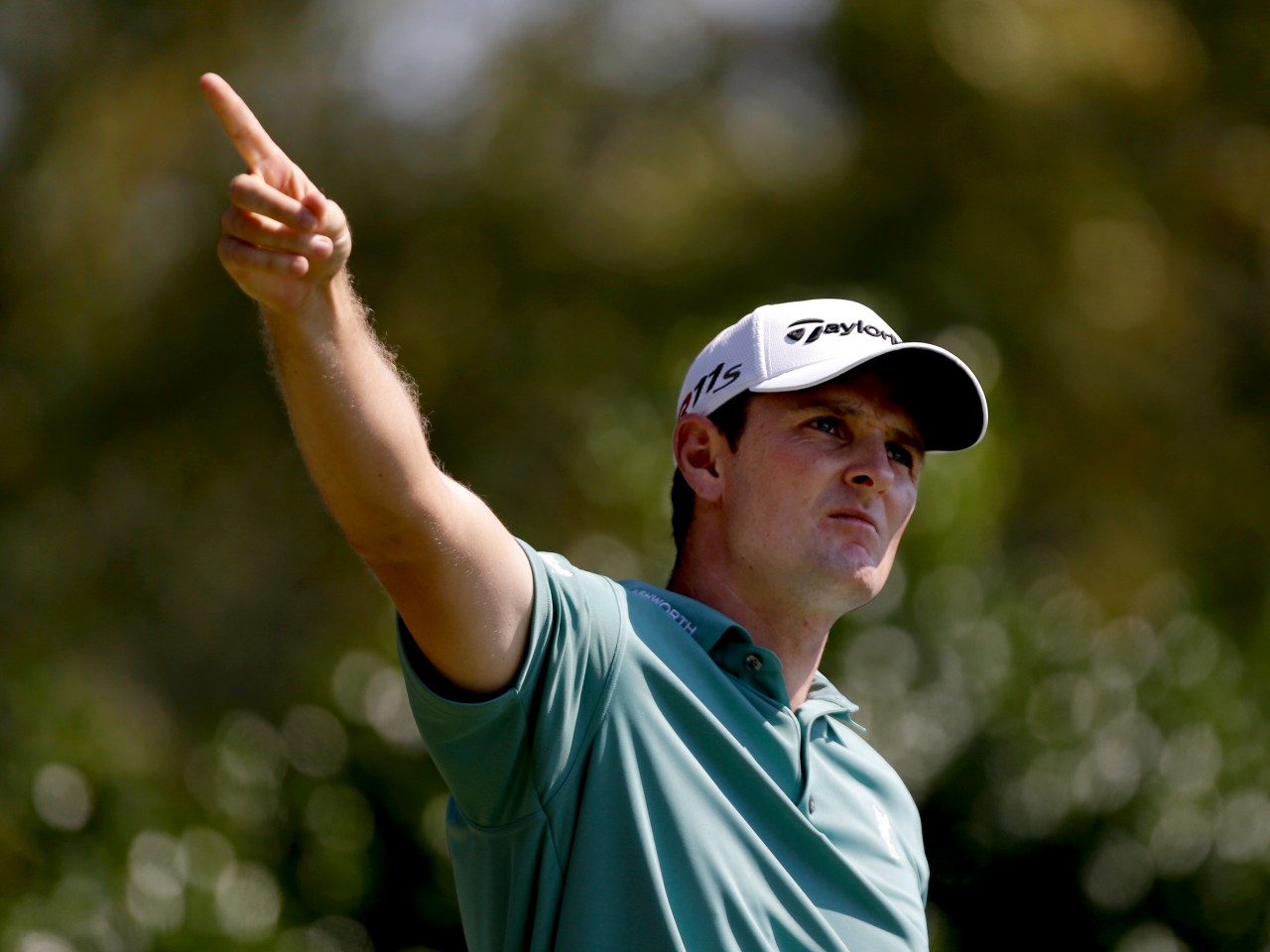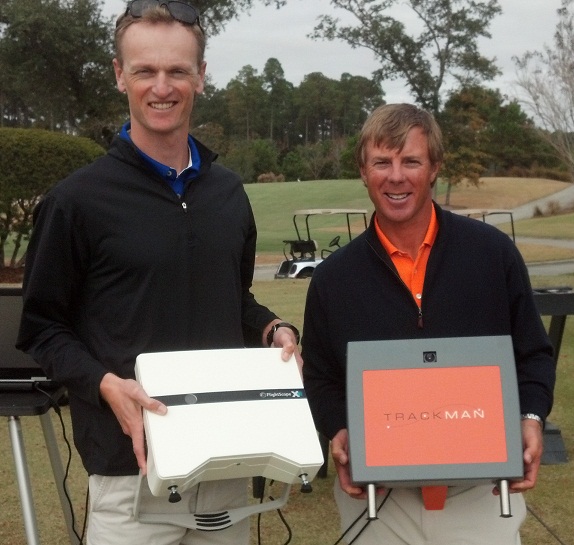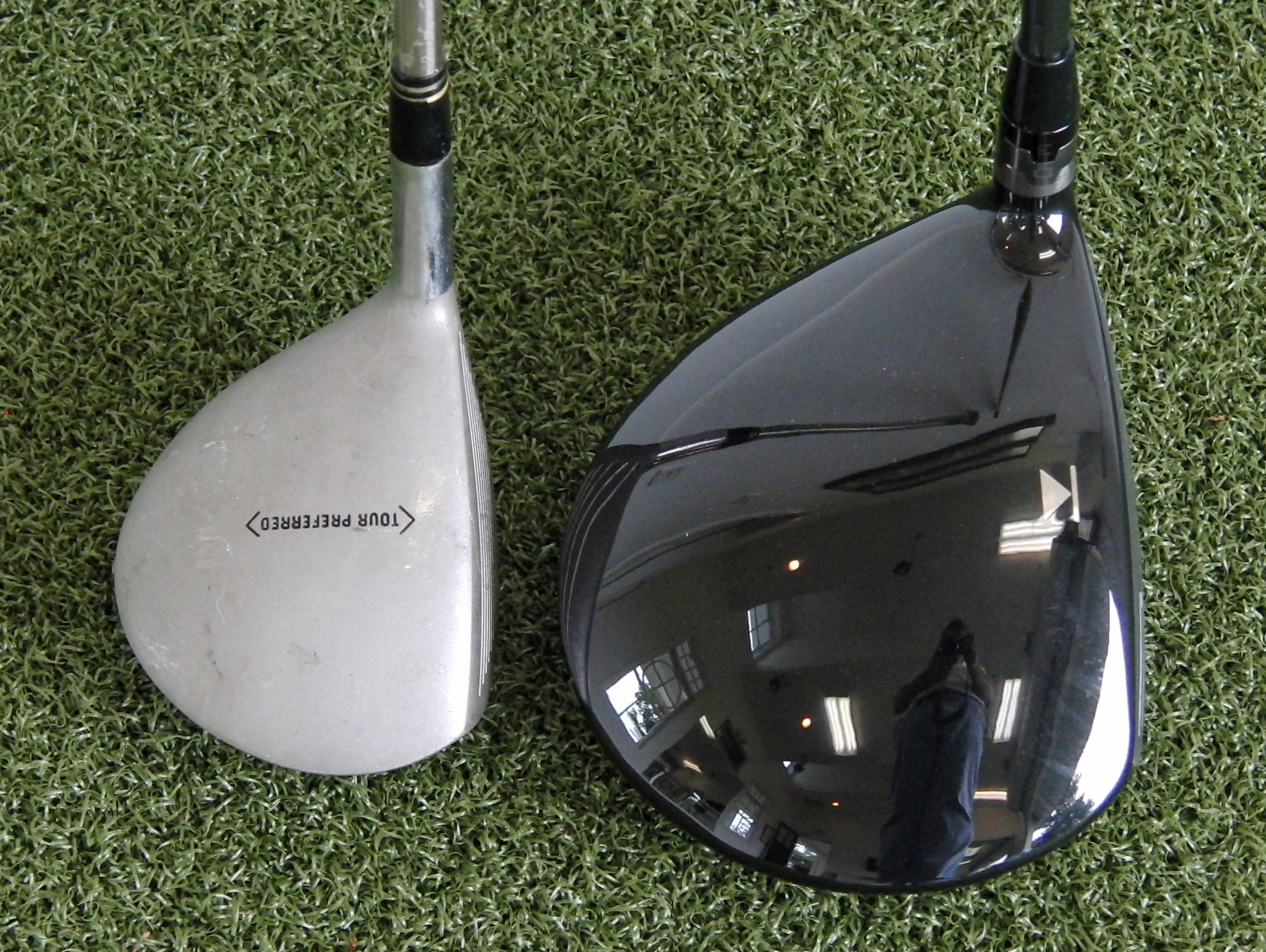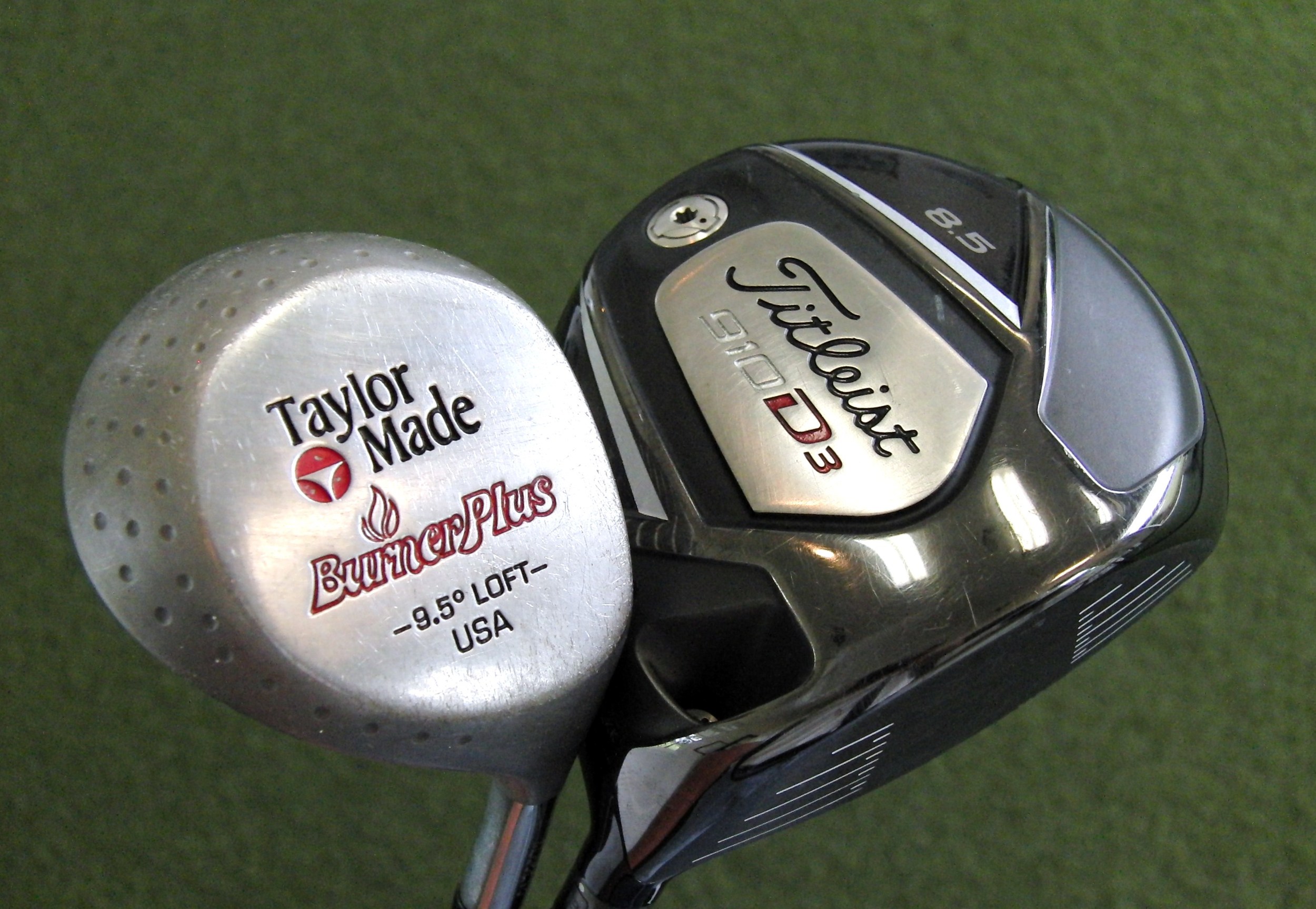Why Do I Hit Offline Shots?
/ We are all capable of hitting amazing golf shots, yet it is those mind-numbingly bad shots that ruin our day and erode any measure of confidence that we may have been hanging on to. The question we all would like to know the answer to is - why? Why was that shot so far offline when I've been hitting the ball straight just about all day? What is the primary cause of my inaccuracy?
We are all capable of hitting amazing golf shots, yet it is those mind-numbingly bad shots that ruin our day and erode any measure of confidence that we may have been hanging on to. The question we all would like to know the answer to is - why? Why was that shot so far offline when I've been hitting the ball straight just about all day? What is the primary cause of my inaccuracy?
My experience is that most golfers tend to look in the same place to find answers to their problems. Just like husbands tell their wives on every bad shot she might hit - "You lifted up!" Well, so to do we tend look towards the same area as a cause for our bad shots. Talking with my students it appears that far too many golfers are of the belief that bad shots are caused by a swing that was suddenly over the top or under plane - in other words the clubpath was different and that's what led to the offline shot. This is even a favorite for the golf commentators on Sunday afternoons - if a golfer hits a shot left coming down the stretch you are very likely to hear Nick or Johnny chime in with, "Well, he came over that one..."
Teaching with TrackMan has taught me that most golfers' inaccurate shots are caused by one of two factors:
- An open or closed face at impact
- Or an off center strike (heel or toe)
Golfers tend to be fairly consistent with their clubpath. Keep in mind that this is a general statement and not all golfers are consistent, but my experience has shown that golfers that work at their game tend to have a good measure of consistency when it comes to the direction their clubhead is travelling at impact - clubpath. It may not be an ideal path or what they are looking for, but consistent it is!
Consistency to your shot pattern comes from passive hands through impact and a predictable point of contact on the face (even if it's not in the center!)
Please note that there is a mistake in my video! The face does not determine where the ball finishes, but rather where it starts! Sorry about that....
If you would like to find out what's causing your shots to veer offline contact me at andrew(at)andrewricegolf.com to set up a TrackMan lesson or to discuss an online lesson.



















